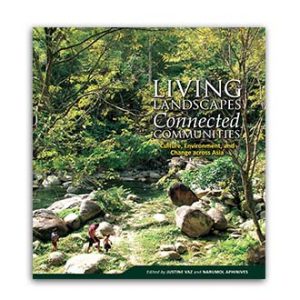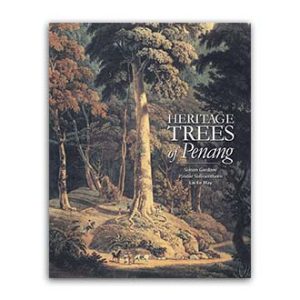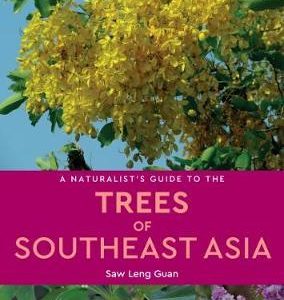Malaysia has long been singled out for emulation by developing nations, an accolade contradicted in recent years by concerns over its capital– rather than poverty–driven forest depletion. Nature and Nation explores the relations between people and forests in Peninsular Malaysia where the planet’s riches terrestrial ecosystem has collided with the fastest pace of economic transformation experienced in the tropical world. It engages the interplay of history, culture, science, economics and politics to provide an holistic interpretation of the continuing relevance of forests to state and society in the moist tropics.
Editorial Reviews
“The author’s work makes a major contribution to the forest history of Peninsular Malaysia… It will long be regarded as a ground-breaking and seminal study that no one with an interest in the environmental history of the region can afford not to read.” Robert Aiken, Concordia University
About the Author
Jeyamalar Kathirithamby-Wells is former chair of Asian history at the University of Malaya, Kuala Lumpur.
Table of Contents
Preface and Acknowledgements
Preamble: Forests and Development
Introduction: Nature, Culture and State
Part I: Colonial Adventure and Tropical Resource, 1786-1900
1: Tropical Nature and the Imperial Design, 1786-1874
2: Forests in the Pioneer Era, 1874-c.1900: Boon or Bane?
Part II: Forestry and State Formation, 1901-41
3: Appropriating the Forest, 1901-41
4: Segmented Space and Livelihoods
5: Reconciling Conflicting Claims
Part III: The Emergence of of a Conservation Ethic, Pre-World War II
6: Nature, Ecology and Conservation
7: Linking Nature and Nation
Part IV: Forest Use and Abuse, 1942-69
8: The Seminal Years of Forest Politics, 1942-56
9: Development at a Price: 1957-69
Part V: Reconciling Nature and Nation, 1970-1980s
10: Development and Environmentalism
11: Integrating Biodiversity with Development: Myth or Reality?
Part VI: National Resource, Global Heritage, 1984-2000
12: The Politics of Resource
13: Domestic Response to the New International Order: Rio and After
Conclusion: Nature for Nation
Appendices
List of Maps
List of Illustrations
List of Tables
List of Figures











